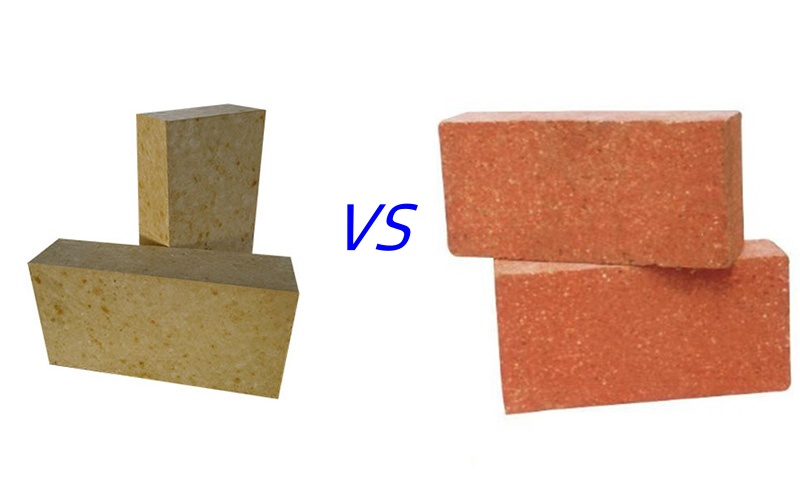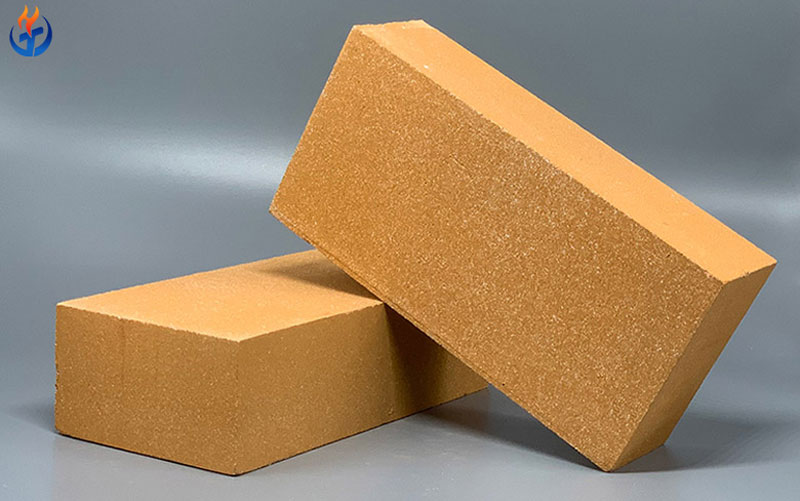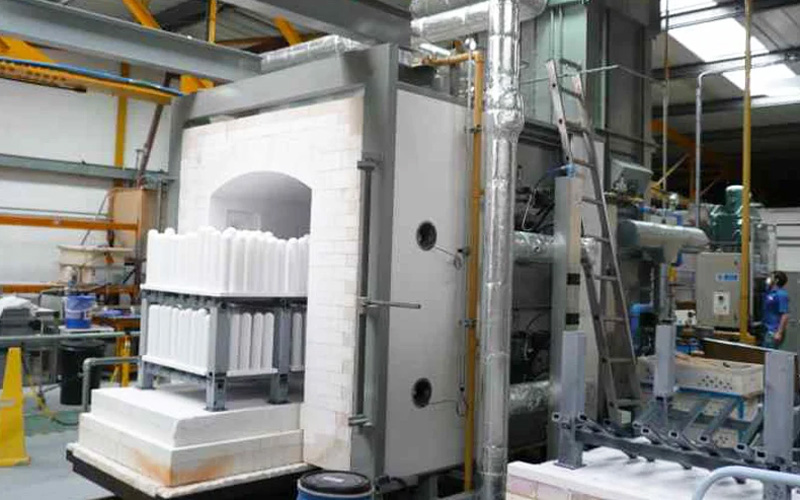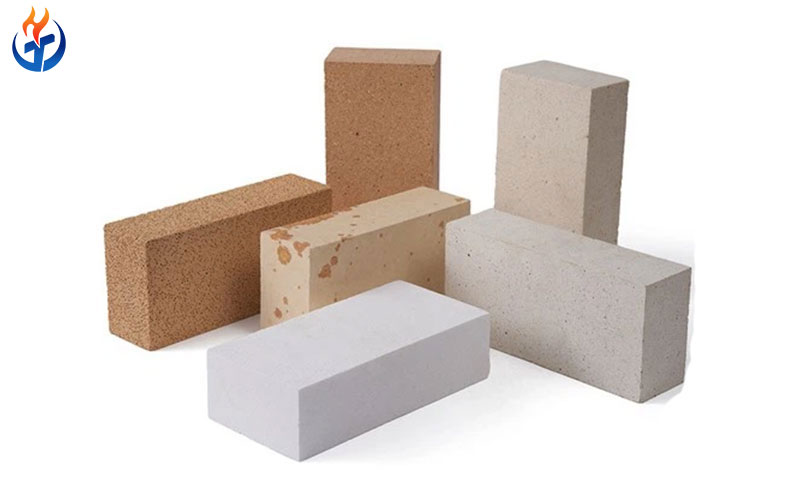When it comes to building materials, bricks are among the most widely used products in construction and manufacturing. However, not all bricks are created equal. Two major types—fire bricks and normal bricks—serve different purposes and have distinct properties. If you are planning a project that involves high temperatures, heavy loads, or just everyday building, understanding the differences between these bricks is essential.
In this article, we will compare fire bricks (also known as refractory bricks) and normal bricks in terms of composition, properties, manufacturing process, applications, performance under heat, cost, and lifespan. By the end, you’ll have a clear picture of which type is suitable for your needs.

What Are Fire Bricks?
Fire bricks are specially designed bricks that can withstand extremely high temperatures without cracking, melting, or losing strength. They are made from refractory ceramic materials such as alumina, silica, magnesia, or other heat-resistant compounds.
These bricks are commonly used in environments where they will be directly exposed to flames or extreme heat—like kilns, furnaces, fireplaces, and pizza ovens. Depending on their composition, fire bricks can withstand temperatures of 1,200°C to over 1,800°C.
What Are Normal Bricks?
Normal bricks, often referred to as common clay bricks, are made from natural clay and shale that are molded and fired at lower temperatures (around 900°C–1,100°C). They are designed for general construction—walls, foundations, and other structural or decorative uses.
Normal bricks are not built to withstand direct, sustained exposure to very high heat. While they can handle normal weathering and temperature fluctuations, prolonged heat above 600°C–800°C can cause them to weaken, crack, or crumble.
Composition and Manufacturing Process
Fire Bricks
Raw Materials: High-alumina clay, silica, magnesia, and other refractory minerals.
Additives: May include grog (pre-fired crushed refractory material) to improve thermal shock resistance.
Firing Temperature: Extremely high—often over 1,400°C—to ensure heat resistance.
Texture: Dense or porous depending on application; low iron content to avoid melting points being lowered.
Normal Bricks
Raw Materials: Natural clay, shale, and sometimes sand.
Additives: May include lime or fly ash to improve strength.
Firing Temperature: Lower—generally around 900°C–1,100°C.
Texture: More porous compared to fire bricks; higher iron content gives the typical reddish color.
Key Difference: Fire bricks are made from specially selected heat-resistant materials and fired at higher temperatures, giving them superior thermal stability.
Heat Resistance and Thermal Properties
One of the most significant differences between fire bricks and normal bricks is heat resistance.
Fire Bricks:
Can withstand 1,200°C–1,800°C without losing strength.
Low thermal conductivity in insulating grades—this helps retain heat in furnaces or ovens.
Can be either dense (for load-bearing in furnaces) or insulating (lightweight, to reduce heat loss).
Normal Bricks:
Heat resistance generally tops out around 600°C–800°C.
Higher thermal conductivity means they lose heat faster.
Not suitable for direct flame contact over long periods.
Example: If you build a wood-fired pizza oven from normal bricks, it may crack after repeated high-temperature use. Fire bricks, on the other hand, will last for years under the same conditions.
Mechanical Strength and Durability
Fire Bricks: Designed to maintain strength at high temperatures. Dense fire bricks have very high compressive strength (up to 60 MPa or more) and are ideal for industrial kilns and furnace linings.
Normal Bricks: Have good strength for construction purposes (around 20–40 MPa) but lose much of it when exposed to high heat.
Durability Under Thermal Cycling:
Fire bricks are engineered to resist thermal shock—the expansion and contraction caused by rapid temperature changes. Normal bricks are more likely to crack under such conditions.
Applications
Fire Brick Uses:
Industrial furnaces, kilns, and boilers
Fireplace linings
Wood-fired pizza ovens and bread ovens
Smelting and glass production furnaces
Incinerators
Normal Brick Uses:
Residential and commercial building walls
Pavements and garden landscaping
Partition walls
Structural foundations
Decorative facades
Lifespan and Maintenance
Fire Bricks: Can last decades in high-heat environments if installed correctly. Maintenance usually involves replacing only the damaged bricks.
Normal Bricks: Can last for over a century in normal weather conditions but will degrade quickly if used in high-heat environments.
Cost Comparison
Fire Bricks: More expensive due to specialized raw materials and high-temperature firing process. Prices vary depending on grade—insulating fire bricks are generally cheaper than dense, high-alumina fire bricks.
Normal Bricks: More affordable and widely available, making them ideal for large-scale construction.
Visual and Physical Differences
| Feature | Fire Bricks | Normal Bricks |
|---|---|---|
| Color | Pale yellow, white, or buff | Reddish-brown or orange |
| Density | Varies: dense or lightweight | Generally moderate density |
| Heat Resistance | 1,200°C–1,800°C | 600°C–800°C |
| Texture | Smoother, low porosity | More porous, rougher |
| Primary Use | High-heat environments | General construction |
| Cost | Higher | Lower |
Choosing the Right Brick for Your Project
Use Fire Bricks if:
Your structure will face direct, intense heat (furnace, fireplace, kiln, etc.).
You need high thermal shock resistance.
Longevity under extreme temperature is a priority.
Use Normal Bricks if:
The construction will not be exposed to direct high heat.
You are building walls, pavements, or decorative structures.
Budget is a major concern and heat resistance is not required.
Conclusion
The choice between fire brick vs normal brick comes down to environmental conditions and intended use. While normal bricks are perfect for everyday construction, fire bricks are irreplaceable in high-temperature applications where normal bricks would quickly fail.
If your project involves direct flame or prolonged exposure to heat, fire bricks are a worthwhile investment for safety, performance, and durability. For regular construction, normal bricks remain a cost-effective and reliable option.



